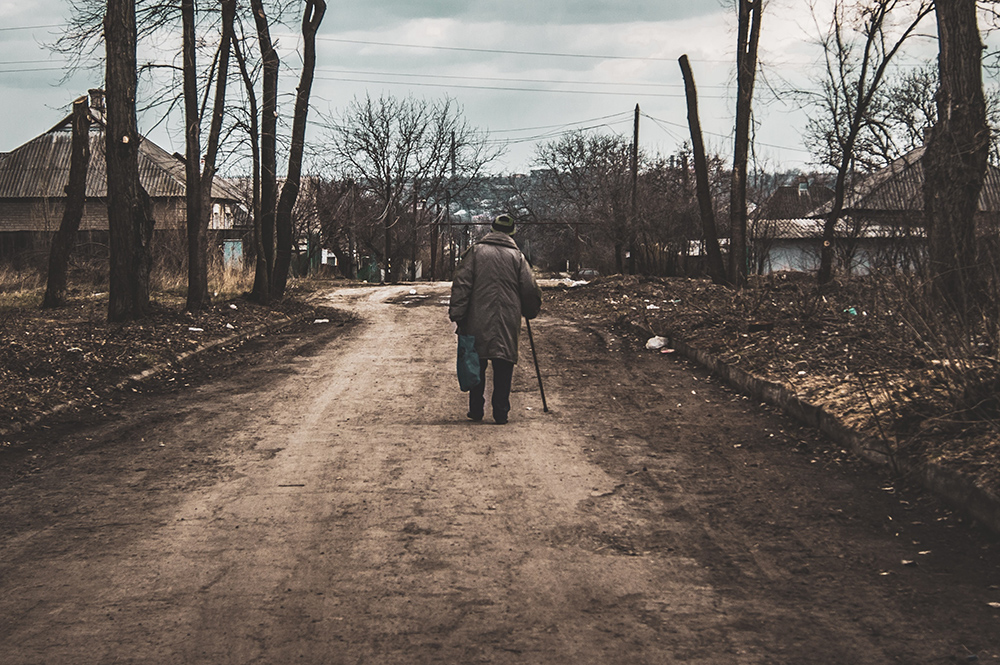Professor i Folkhälsa och Rehabilitering, Docent i Kvalitetsförbättring inom hälsa och välfärd & Specialistfysioterapeut inom Reumatologi, med forskning främst inom samskapande av hälsa och välfärd, arbetsrelaterad hälsa och sexuell hälsa.
Where to begin: Reflections on co-production from a service-user and a researcher’s perspective
Co-production is a hot topic in research and development in health and welfare. There are several definitions of what co-production consists of, and the amount of research papers on co-production has increased rapidly since 2008 1, 2. One commonly used definition of co-production is that co-production is the voluntary or involuntary involvement of public service users in any of the design, management, delivery and/or evaluation of public services 3, where users provide their lived experience and service providers provide their professional expertise. Users and professionals involved share the responsibility to ensure their knowledge is integrated to create optimal services. Co-production is presented as a tool to meet future challenges in health and welfare. Theoretical discussions of what is the “musts” to call something co-production, or when something is only approaching co-production or being a co-production initiative engage scholars, but makes me wonder who decides what co-production is in a certain situation? Should it be defined by those in the situation or by those looking at the situation from the outside? And what would the difference be?

In reality, co-production is not always easy. Co-production demands engagement and action from the user as well as being invited to co-produce by those in power of the service. Successful engagement alone is not enough, there is also needs for power shifts, hierarchical turn-arounds and willingness to change. Even this is still not enough for optimal co-production, as there must be an organization ready for change, a society ready for change and individuals ready for change. That is a lot of change if optimal co-production is to take place.
Can we instead see co-production as a continuum, where optimal co-production with unknown potential is the endpoint and reality is along that continuum, then the concept is easier to grip. What if we look at where we are, how we act in health and welfare and reflect on co-production in this context, in this specific system and in this situation that we are in? As users, patients, relatives, professionals, and leaders – What do we see? Do we see the best possible co-production considering the situation or do we see possibilities for improvement? And the next step is what we do about it. That is when potential barriers and promoters for co-production will become clearer to us, but it is also of interest to reflect on our thoughts on those barriers and promoters. Do we see our roles as static or as potential change makers, ready to give co-production a chance?
As a professional I feel positive and ready, though knowing that there will be hard work ahead. It is my professional duty to do my very best for those who use the service. I look at what I do, how my profession work and look for potential improvement, but I don´t stop there! Shadowing users in a service, seeing what the service looks like and ask of experiences of the service widens what possibilities can be done to optimize and co-produce the service.
However, as a user I am more hesitant. Maybe my hesitation is based on my previous experiences, where I have felt listened too, been helped, and felt strengthened. I may already be content with the service. Or perhaps it is due to being told before that change is impossible, takes too much time or is too expensive. Or maybe it is just because my disease is not my favorite interest, it is just an uninvited guest in my life. Sometimes the energy to engage and act is not there, sometimes all I need as a user is professional support – not being asked to collaborate to improve the service, to take part in dialogue meetings to improve care or to tell my story again and again to make professionals understand my situation.
So, when we look for a change to increase co-production in health and welfare, perhaps it is time to consider which is most important – Optimal outcome in the given situation or truly co-produced outcome?
——
Kristina Areskoug Josefsson is a researcher in the FORTE funded SAMSKAPA co-production research programme.
1. Fusco F, Marsilio M and Guglielmetti C. Co-production in health policy and management: a comprehensive bibliometric review. BMC health services research 2020; 20: 504-504. DOI: 10.1186/s12913-020-05241-2.
2. Kjellström S, Areskoug-Josefsson K, Andersson Gäre B, et al. Exploring, measuring and enhancing the coproduction of health and well-being at the national, regional and local levels through comparative case studies in Sweden and England: the ‘Samskapa’ research programme protocol. BMJ Open 2019; 9: e029723. DOI: 10.1136/bmjopen-2019-029723 %J BMJ Open.
3. Osborne S, Radnor Z and Strokosch K. Co-production and the co-creation of value in public services. Public Management Review 2016; 18: 639-653. Article. DOI: 10.1080/14719037.2015.1111927.
Detta är en bloggtext. Det är skribenten som står för åsikterna som förs fram i texten, inte Jönköping University.





